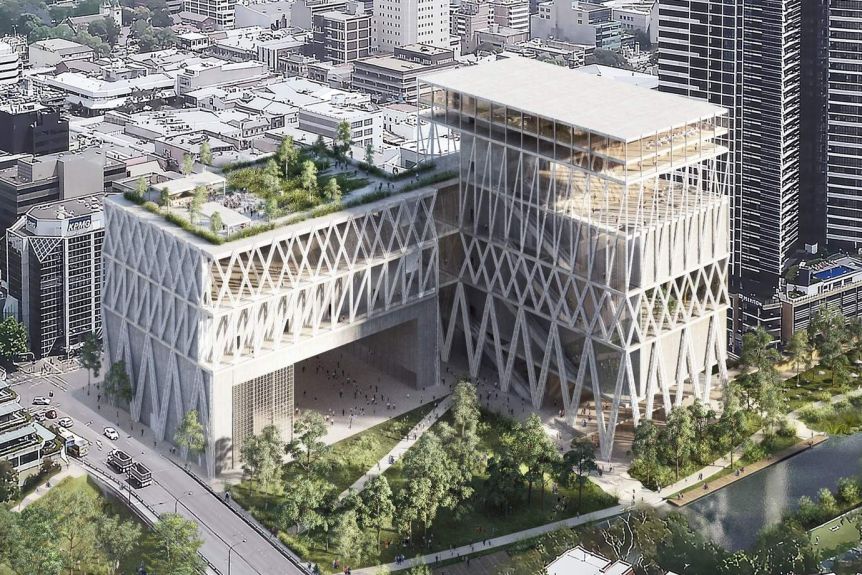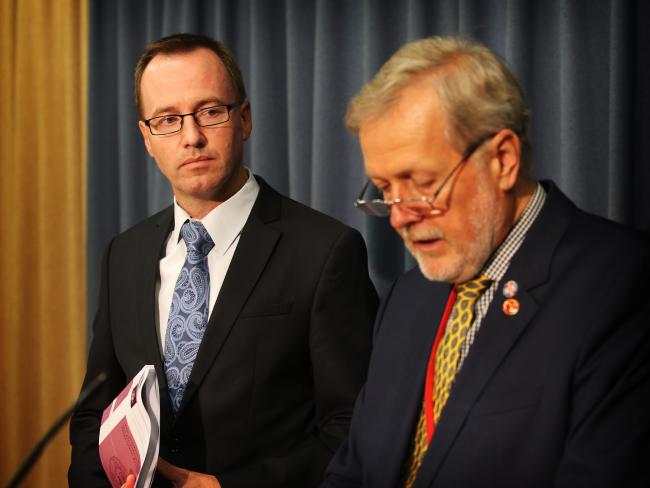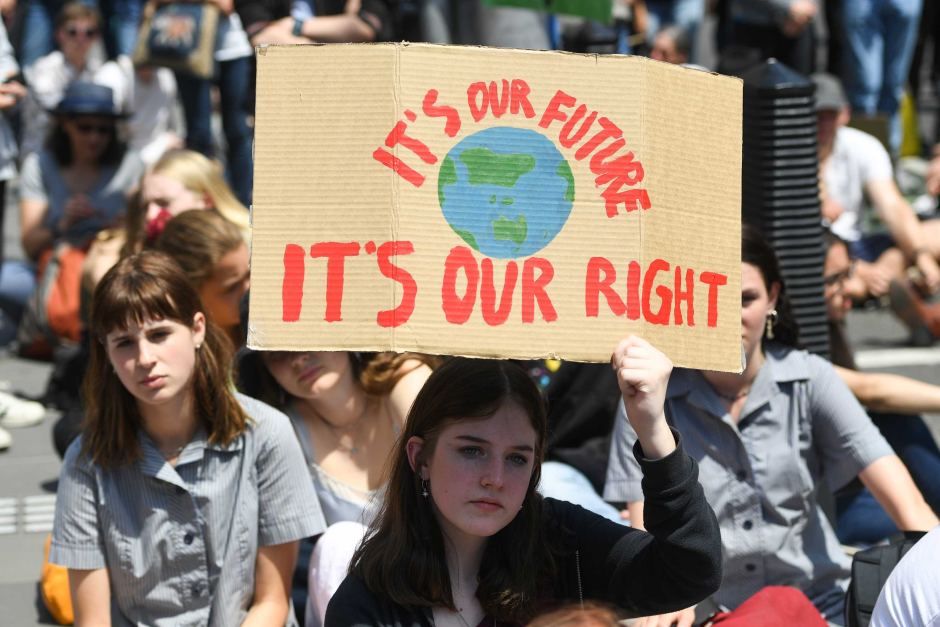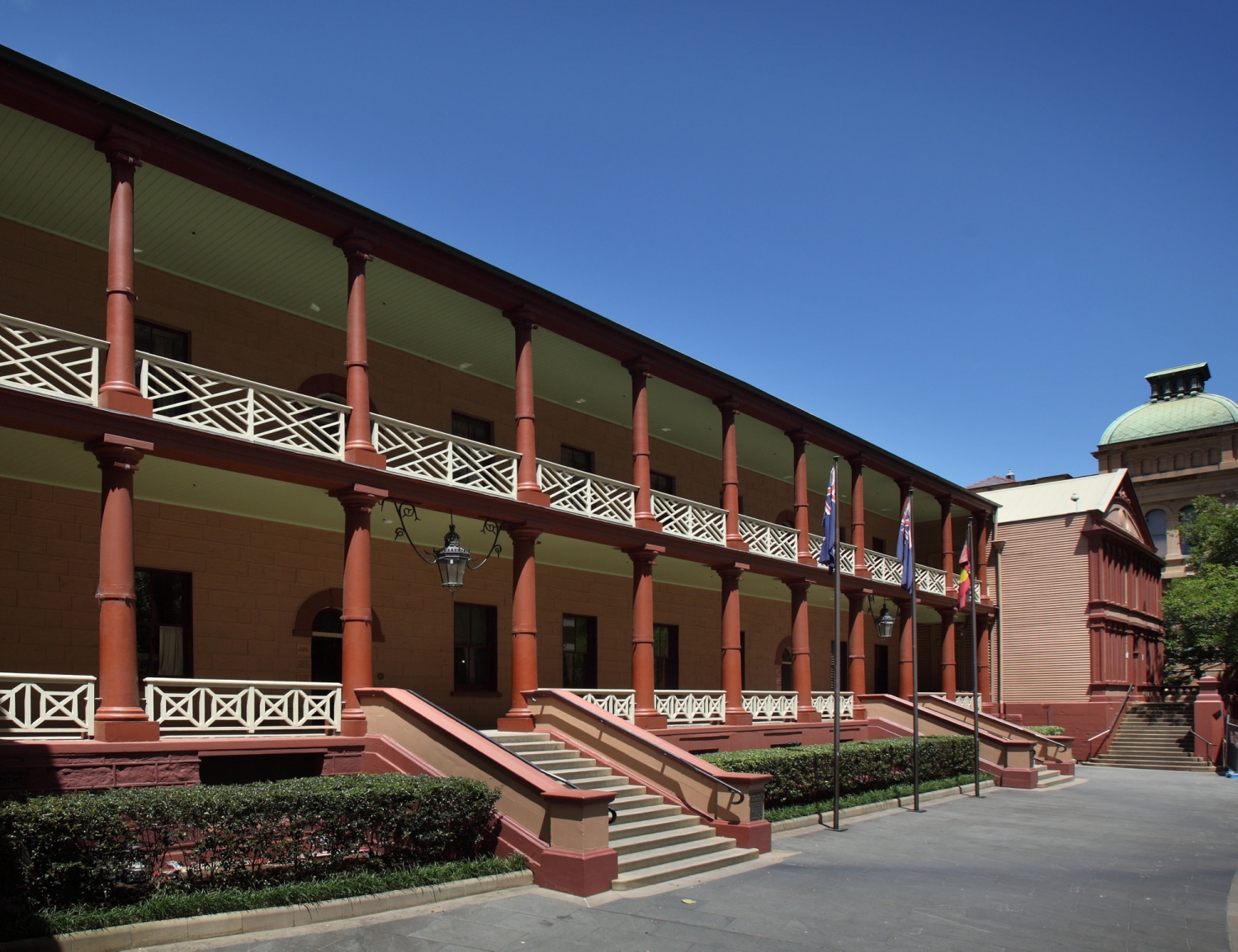Museum showdown on Macquarie Street
By JUDITH WHITE
Today, Monday 18 May, is International Museum Day – so it’s ironic that some museum supporters and professionals in NSW will spend the day in yet another effort to protect cultural institutions from the predations of the government which has statutory responsibility for their care.
They will be making submissions, which close today, to a fresh Select Committee appointed by the Legislative Council to examine “Government’s management of the Powerhouse Museum and other museums and cultural projects in NSW”.
The inquiry is shaping up as a confrontation with the government of Premier Gladys Berejiklian. At stake is not only the future of the bungled Powerhouse plan, but the very principle of government accountability.
Reflecting growing public concern, on 13 May the Upper House of State Parliament passed a motion obliging the Government to table a raft of hitherto secret documents relating to the Powerhouse plan also known as the Museum of Applied Arts and Sciences (MAAS) project.
The motion had the united support of Labor, the Greens, the Shooters and Fishers Party – all of whom are represented on the Select Committee – and even of One Nation’s Mark Latham.
So far the Berejiklian Government has gone to extreme lengths to conceal details of its plans for the Powerhouse. In proposing the motion the Committee’s chair, Robert Borsak MLC (Shooters and Fishers) gave an indication of rising anger on the subject among parliamentarians.
“We are now over five years into this fiasco,” he said, “and there is still no clarity on why moving the Powerhouse Museum is necessary.” The design plan, unveiled since the previous Inquiry delivered its report in February 2019, shows that the new building in Parramatta is half the size of Ultimo “and will not house the outstanding power and transport displays, which will be relegated to a storage facility inaccessible to the general public. That is vandalism in its worst form.”

Proposed Powerhouse design, aka “the forklift”
The current Ultimo museum, Borsak said, “is one of the only museums that represents the history and contributions made to the State by regional New South Wales… by the gold and mining industries, timber and wool, wheat and water, transport and power, and exhibitions on the role of women and migration history. There is no mention of those displays in the new mission statements.” The cost of the plan, he said, is now approaching $2 billion, which “could be far better spent supporting regional and rural museums throughout the State”.
Labor arts spokesman Walt Secord spoke of the “cloak of secrecy” surrounding the project and said that it “was going to be a central museum and a cultural institution for Sydney’s west, but a look at the design reveals that it is going to be a farmers’ market”. The only jobs created so far had been for consultants, with $36 or $38 million spent on consultancies to date.
Greens MLC David Shoebridge, who is deputy chair of the Select Committee, said a new museum at Parramatta “should be a world-class cultural institution not transported from Ultimo but embedded in and growing from the heritage, the culture and the extraordinary history, both First Nations and post, of Parramatta”. Instead “the Government thinks it has a loose $2 billion in public money to spend on a vanity project, destroy something that generations have built up and loved, and produce a facility in Parramatta that does not even have the support of the community there”.

Inquiry chair Robert Borsak MLC, right, with deputy chair David Shoebridge MLC
The items the Legislative Council is requesting include any revised business case or cost benefit analysis, recurrent cost estimates, visitor studies, heritage and flood risk studies, design competition documents, documents relating to proposed use of the Ultimo site, and documents relating to transfer and storage of collection objects.
The Government did not oppose the motion. It’s well known that Nationals leader John Barilaro is against the project, for his own reasons, and other divisions are beginning to appear in the Coalition. The Government perhaps fears a repeat of the embarrassment it suffered two years ago when Liberal MP Matthew Mason-Cox crossed the floor to force the release of the business case for the project.
Even after that order, the Government failed to table the documents; and only when the matter appeared to be heading for the High Court did then Arts Minister Don Harwin come up with a “summary” of the business case. The reticence was understandable; the Select Committee report in due course found that the business case breached the Government’s own Treasury guidelines for cost-benefit analysis.
The arts portfolio now rests with Premier Berejiklian. It would be a high-risk strategy for her to attempt similar manoeuvres to conceal any of the requested material. Wisely, in the list of documents to be released, the Upper House motion includes “any legal or other advice relating to the scope or validity of this order of the House”.
If it turns out that the Government has not made any reassessment of the project in the light of the COVID-19 pandemic and its effects on the NSW budget, that in itself will be indefensible.
Museum activists await the schedule of the Select Committee’s hearings with keen anticipation.
Museums for a new generation
According to the International Council of Museums (ICOM), the body responsible for International Museum Day, “Museums are an important means of cultural exchange, enrichment of cultures and development of mutual understanding, cooperation and peace among peoples.”
Traditionally, in line with this objective, Australian governments have funded public galleries and museums for the cultural benefit of the population. In recent years, following neoliberal precepts, they have pressured institutions to move towards self-funding through commercial activities – entertainment programs, corporate venue hire and the sale of merchandise.
A reasonable level of commercial operations can help support museums, but they cannot be allowed to replace or undermine their core function. That function is to build and care for collections of life-enhancing objects of beauty or historical interest, and make them accessible to everyone.
The collection is the heart of any museum. That’s why, as one perceptive reader has pointed out, we should no longer refer to the Powerhouse project as a “move” to Parramatta. The collection is not moving to Parramatta; it’s being arbitrarily split up.
Museums are not theme parks. They are for contemplation. It can be life-transforming for a child to see a transcendent work of art or a miracle of science and technology. Many of us who are active in support of museums and galleries are no longer young; after all, older people tend to have the time as well as the interest. But it’s for future generations that we want museums to be preserved and developed.
I was reminded of this on Friday 15 May when I watched part of the livestream from School Strike For Climate (SS4C) which replaced the nationwide demonstrations planned before the pandemic arrived.

School students stand up for their rights
The presenters were articulate and thoughtful, aged between 13 and 17 and most of them girls (Greta Thunberg is not alone). They introduced a high-quality program of discussions and musical performances. They interviewed climate scientists, environmentalists, First Nations people, trade unionists and activists from across the world. They held a panel discussion with Seed Mob, Australia’s first indigenous youth climate network, who have “a vision for a just and sustainable future with strong cultures and communities”. And they gave us all a lesson in how to behave, introducing themselves in the most natural way – “I’m Bella and I live on Noongar land, also known as Bunbury”. “I’m Izzy from Gadigal land, also known as Sydney.” (Remember her, the Kirribilli demonstrator?)
These young people do not need a theme park on the Parramatta River. They need museums that help them to build on the strengths of previous generations and the highest achievements in the arts and sciences. They need new museums built, not as vanity projects but to tell 60,000 years’ worth of stories, to bring together the wisdom of the world’s most ancient civilisation with the latest advances in knowledge, and to celebrate all the many cultures that make up our modern society.
The fight over museums isn’t just about budgets and business cases. It’s about the heritage that coming generations have the absolute right to claim as their own.
#buildabetterfuture





Thanks Judith. If I had to draw an image of this state government, it would be a wrecking ball. The Powerhouse move has been an atrocity from the start.
Timely, usual sharp, insightful Judith analysis. Provides the incentive for those who don’t make a habit of supporting museums to realise the test case significance of the Powerhouse controversy.
Judith, as always, your commentary is exceptional for its clarity, brevity and accuracy.
Your above summary about the second Upper House Inquiry into museums and state cultural projects is exemplary.
Along with Elizabeth at the Sydney Morning Herald, you are the finest and best informed opinion leader on matters cultural and museological.
Thank you for all that you do.
Dr Lindsay Sharp.
Thank you Judith. Typically to the point. I wish I could print it out in very big letters that even a state politician could follow and hold it up to them, make them read and understand it. Keep up the good fight.
Well said Judith.
This battle has been going on longer than World War II.
We need some good news.
Call time Gladys and halt this cultural genocide.
Thank you Judith. May common sense prevail.
Thanks for excellent article and very lucid summary of this complicated history. I used to be a curator at Canada’s largest museum where, as in all museums, the time-wasting, money-wasting, and soul-destroying theme park distractions arose with every new director and every change of government. By the way, did you know that the first director of the Powerhouse was fired seven weeks after the museum opened? No announcement about it was ever made to the Australian public or even to the museum’s staff. I only found out about it when Fairfax Newspapers assisted the Canadian Broadcasting Corporation with an related investigation in the 1990s!
Thank you Judith for the tremendous work you are doing to bring sanity back into the discussions on our museums & galleries especially on, in my view, the ill considered proposal to move the Powerhouse Museum to Parramatta. Your efforts are so appreciated!!
One major question surely is: will the Upper House call for documentation + new enquiry get to the bottom of what many suspect are secret discussions – should that be ‘agreements’? – with developers about the Ultimo site? The rotating membership of the Powerhouse Trust by a developer – the minuted undertaking for Lisa Havilah to brief him, which then didn’t occur because he resigned from the Trust due to a possible conflict of interest – needs to be forensically interrogated. I’d like to see Mike Baird and Don Harwin back before the committee and asked directly: Did you or anyone to your knowledge have discussions about the development of the Ultimo site with representatives from [name of the company the erstwhile Trustee developer belongs to]? If necessary, provide Baird and Harwin with the names of senior executives from this company (current and those working there five years ago) and ask if they have ever spoken to them and if so, what the topic of discussion was. Donations from that company and its executives to political parties should also be pursued. A further question might be: Did you or anyone to your knowledge have any discussions with any property developers about the future of the Ultimo site? Yes or no – and give details.
Spot on, Brett Johnson – the next stage of committee hearings will be crucial.
One of the best articles I’ve read since this “waking nightmare” began.
Well done, Judith.
Over five years now, and we’re STILL hoping desperately for a reversal of this unfathomable “plan.”
The future of TWO great institutions remains at risk.
The loved and venerable Powerhouse Museum, whose precious contents the NSW Government believes it can divide (display or store) and deliver from its purpose renovated home, with NO thought or sincere consultation, either with its current, GENUINE owners – the people of Sydney and NSW – or consideration of perpetuity…
AND that historic, technological marvel that IS its home – the Ultimo Power Station – with its fascinating, singular history of electricity generation in NSW (some experimental achievements the first in Australia) – and much of its 19th /20th Century infrastructure still intact and in situe.
Here we go again…
Hopefully around for the final time, with a destination ensuring ongoing tenure of the Museum at Ultimo where it belongs – preserved for the community – whole, with its entire precinct genuinely Heritage protected.
This Museum, the local community, and the people of Sydney and NSW deserve nothing less.
Excellent article. I am amazed that nobody who does support this fake relocation does make this known ! Only Bob Dwyer, Lord Mayor of Parramatta did so in SMH. He obviously does not mind heritage listed properties being demolished in the process. A great Lord Mayor he is !
Another state govt project of heritage vandalism is at the third colonial settlement, Windsor. The Windsor Bridge Replacement Project, smashing an arterial road and bridge through a fragile heritage precinct against the advice of all consultants and historians, demolishing a perfectly good state heritage listed bridge. It’s not just about replacing the old bridge with new, it’s about erasing all heritage in that precinct except for the buildings, the government colluding with developers who are paying for some of the associated infrastructure, mining interests, and utilities, with massive gas, electrical, telecommunications and water infrastructure being replaced, tearing the guts out of the Thompson Square Conservation Area. What say do communities have? NONE. Why are we ignored in favour of big business and developers?